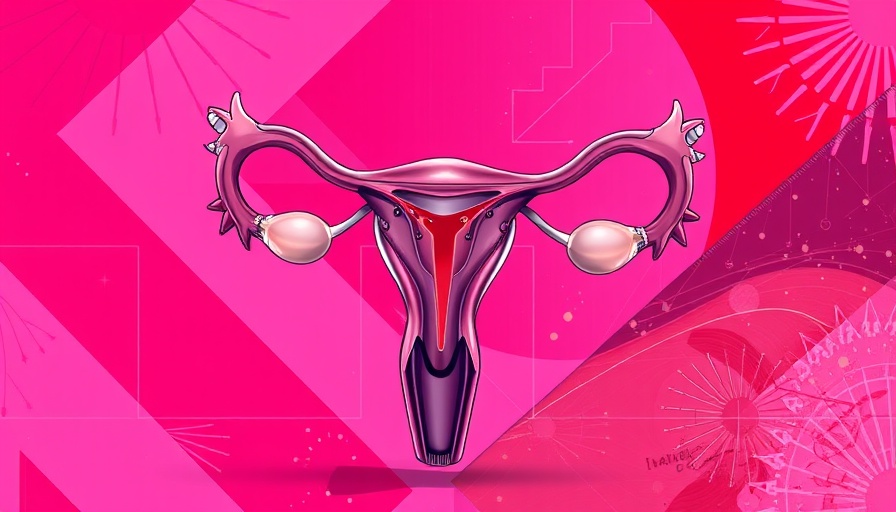
Recognizing Pain—A New Era for Gynecological Procedures
The American College of Obstetricians and Gynecologists (ACOG) has finally taken a stand, acknowledging something many have known for years: procedures like IUD insertions and cervical biopsies can be agonizingly painful. On May 15, new guidelines urged healthcare providers to give pain management the attention it deserves, not just a passing mention alongside the expected discomfort. This shift is a fundamental step in advocating for patient dignity and autonomy in managing their health, a change well overdue.
The Historical Context of Pain Perception in Women
For far too long, pain in gynecological care has been minimized or dismissed, particularly when it comes to women and people of color. Research shows a significant bias that skews perceptions of pain based on gender and race. With ACOG's new guidelines, we see a commitment to reversing this trend. By recognizing the legitimacy of pain in these procedures, healthcare still has a long way to go, but this is a vital step toward more equitable care.
Empower Yourself: Asking About Pain Management
So, what does this mean for patients? Knowledge is power. If your healthcare provider fails to mention pain control options before undergoing a procedure, don’t hesitate to ask. Patients should feel empowered to start the conversation about their comfort and pain management. Common methods include local anesthesia, sedation, or even over-the-counter medications for mild discomfort—ensuring your experience is as manageable as possible.
Why This Matters in Social Context
The guidelines not only improve individual patient experiences but also highlight social issues surrounding women's health. By encouraging conversation about painful procedures, these changes foster a clinical environment where women’s pain is acknowledged and addressed. This culture shift is vital for community health and wellness, as it encourages transparency in medical practices, paving the way for informed patients who can advocate for themselves and others.
Future Insights: The Evolving Landscape of Gynecological Care
As these new pain management guidelines take root, we can expect a future where these conversations are embedded into routine gynecological practices. This will not only help in pain alleviation but also in educating future practitioners about the importance of patient-centered care. What's next? Continuous research into pain management strategies will be necessary. More funding in women's health research could lead to innovative solutions and better outcomes for all patients.
Common Misconceptions About Pain in Gynecological Procedures
Many assume that discomfort during procedures is simply something one has to endure. This mindset is detrimental because it overlooks patients' real experiences and supports a culture of silence around women's health issues. The ACOG guidelines challenge this misconception by promoting a therapeutic approach to pain management. It's essential to remember that every person's pain threshold is different, and no discomfort should ever be trivialized.
The Power of Advocacy: Your Role
Each individual that advocates for their pain management contributes to a larger movement for change. Speak up about your experiences and challenges, and encourage others to do the same. This kind of shared knowledge can help professionals understand the depth of discomfort patients experience, ultimately leading to better practices and care standards.
Understanding the evolution of care and the frameworks that influence gynecological health supports patients in receiving the treatment they deserve. With new guidelines in place, it’s time for healthcare providers to step up, listen, and implement changes that prioritize patient experience over historical biases. Don’t hesitate to ask questions; you and your pain deserve acknowledgement and a plan for management.
 Add Row
Add Row  Add
Add 




 Add Row
Add Row  Add
Add 


Write A Comment